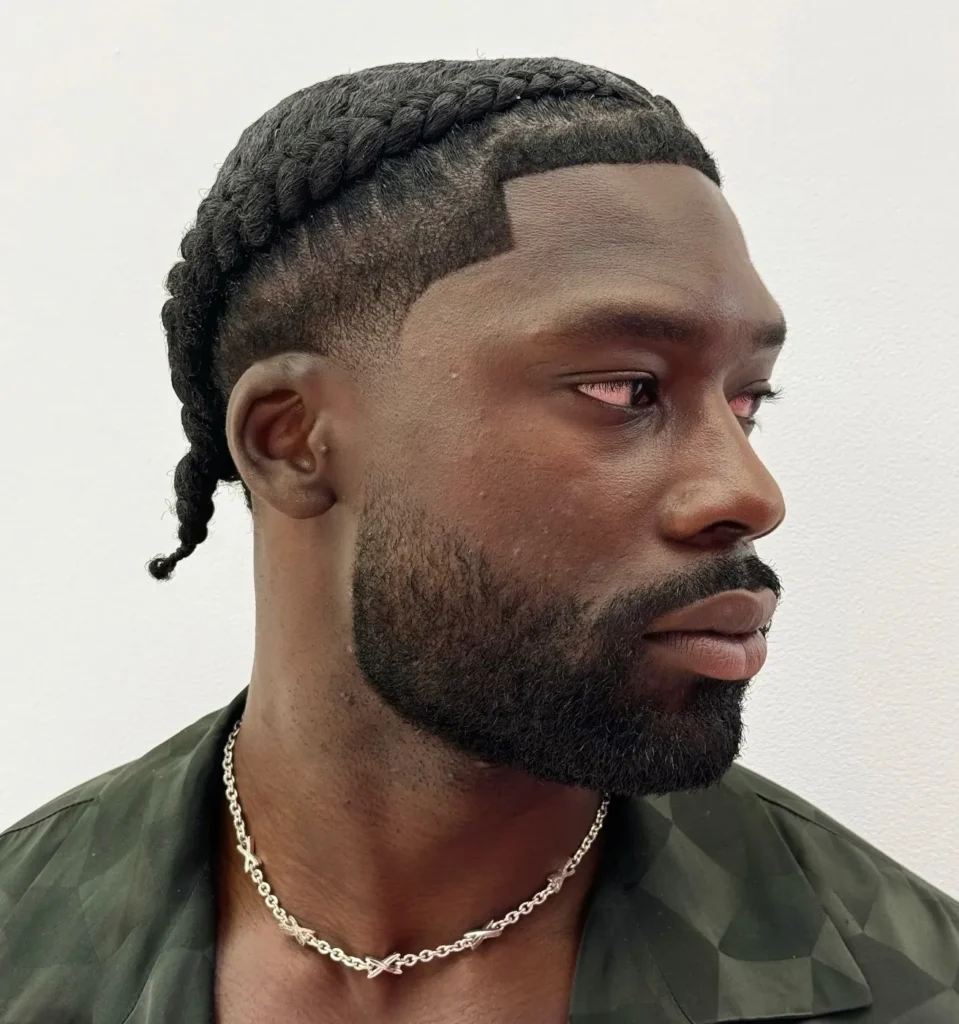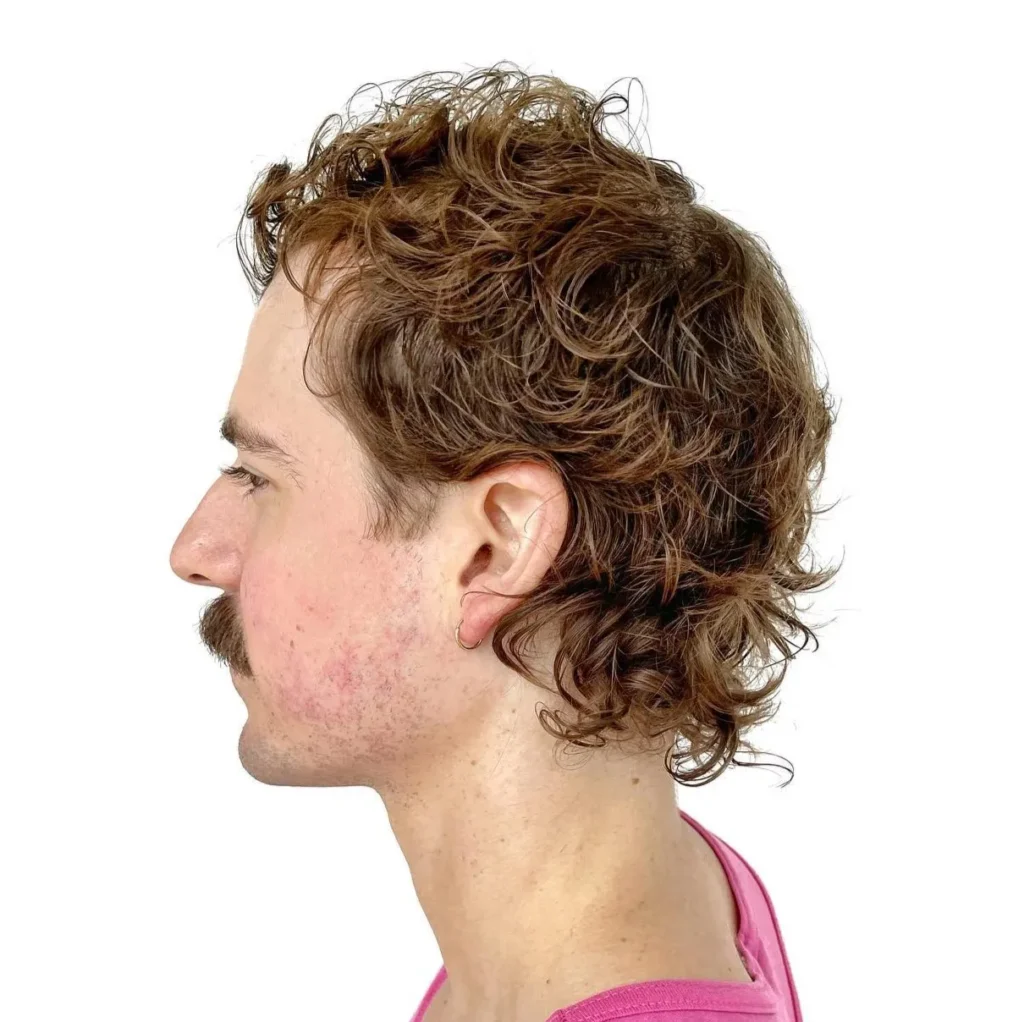Understanding your hair type is essential for choosing the right haircut, styling products, and maintenance routine. Men’s hair comes in a wide range of textures and patterns, each with its own unique needs. Whether your hair is poker-straight, wavy, curly, or coily, this guide will help you identify your hair type and provide simple tips to style it like a pro.
Hair Typing System

The hair typing system is a universal classification method that groups hair into four main categories:
- Type 1: Straight hair
- Type 2: Wavy hair
- Type 3: Curly hair
- Type 4: Coily hair

Each type has subcategories (A, B, C) that describe the thickness, curl pattern, and texture more precisely.
Type 1 – Straight Hair

Straight hair is naturally smooth, often shiny, and resistant to curling. It tends to get oily faster because the natural oils can easily travel down the hair shaft.
Characteristics
- Lacks natural waves or curls
- Prone to oiliness
- Reflects light easily, giving a shiny appearance
Styling Tips
- Best Haircuts: Crew cuts, pompadours, or textured crops add volume to straight hair.
- Recommended Products: Use lightweight styling products like mousse or matte clay to avoid weighing hair down.
- Maintenance: Wash every 2–3 days with a clarifying shampoo to manage oil buildup.
Type 2 – Wavy Hair

Wavy hair strikes a balance between straight and curly hair. It has a natural “S” shape and can range from loose waves to defined textures.
Subcategories
- 2A: Fine and loose waves
- 2B: Defined waves with a slight frizz
- 2C: Thick, well-defined waves prone to frizz
Styling Tips
- Best Haircuts: Medium-length styles like messy quiffs or shaggy layers work well to showcase waves.
- Recommended Products: Use sea salt spray or lightweight curl cream to enhance the natural texture.
- Maintenance: Avoid heavy conditioners, which can make waves limp. Opt for products designed for textured hair.
Type 3 – Curly Hair

Curly hair features defined ringlets or spirals that create a voluminous appearance. It can be prone to dryness due to the curl pattern preventing natural oils from distributing evenly.
Subcategories
- 3A: Large, loose curls
- 3B: Tight, springy curls
- 3C: Dense, corkscrew curls
Styling Tips

- Best Haircuts: Try undercuts or fade styles that emphasize the curls on top.
- Recommended Products: Use curl-enhancing creams, leave-in conditioners, and gels for definition and hold.
- Maintenance: Wash hair 1–2 times per week with a sulfate-free shampoo to avoid drying out curls. Use a deep conditioner weekly for hydration.
Type 4 – Coily Hair

Coily hair is tightly curled or zig-zag patterned. It often appears dense but can be fragile and prone to shrinkage. Proper care and styling are essential to maintain its health and elasticity.
Subcategories
- 4A: Tight coils with a defined pattern
- 4B: Less defined curls with sharp angles
- 4C: Tightly packed curls with no defined pattern
Styling Tips
- Best Haircuts: Fades, tapered cuts, or short crops work well to keep coily hair manageable.
- Recommended Products: Use rich moisturizers, styling creams, and oils like argan or jojoba to combat dryness.
- Maintenance: Incorporate the LOC (Liquid, Oil, Cream) method for hydration and use a silk or satin pillowcase to reduce friction.
Other Factors to Consider

While the hair typing system is a great starting point, other factors can influence how your hair looks and behaves:
1. Hair Thickness
- Fine Hair: Requires lightweight products to prevent weighing it down.
- Thick Hair: Can handle heavier creams, pomades, or waxes for styling.
2. Porosity
- Low Porosity: Hair repels water and needs lightweight, water-based products.
- High Porosity: Absorbs moisture quickly but loses it just as fast; use sealing products like oils.
3. Scalp Health
A healthy scalp is key to good hair. Regularly cleanse and exfoliate your scalp to remove product buildup and promote hair growth.
How to Identify Your Hair Type
- Wash and Air-Dry: Shampoo your hair and let it air-dry without any products to observe its natural texture.
- Examine Patterns: Look for waves, curls, or coils to determine your type.
- Check Volume and Shine: Straight hair often lies flat, while textured hair has more volume.
Final Thoughts
Understanding your hair type is the first step toward achieving great style. Whether you have straight, wavy, curly, or coily hair, the right cut, products, and maintenance routine will keep you looking your best. Ready to embrace your hair type? Experiment with these tips and watch your hair transform!

